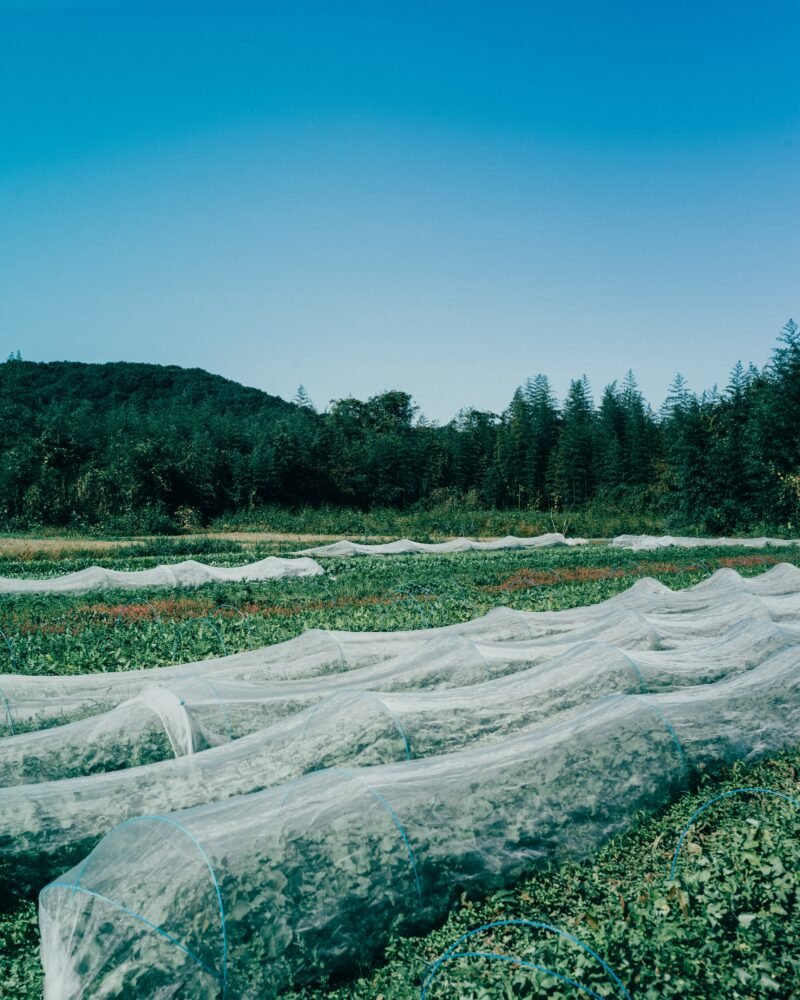Build Your Own Pop-Up Seed Swapping Station
You read on the Pop-Up City how urban farming is becoming a serious and profitable business in many cities around the world. But of course, a large part of this movement is maintaining its DIY roots.
Hawaii-based Eating in Public’s Seed-Sharing stations are unmonitored installations that have started to pop up all over the USA and Canada. They offer an easily accessible space for urban gardeners to exchange seeds and important information about how to best grow their fruits and veggies.


In response to companies putting patents on the growing of food, Eating in Public wants to promote a pay-free fruit and vegetable seed exchange. As a participant, you could swap your heritage tomato seeds for a rare breed of melon, and learn what soil conditions, watering-cycles and amount of shade is needed to take care of them. Seed-Sharing stations can be installed in a variety of spaces, as long as they are accessible locations with “lots of traffic and used by people of diverse populations”: outdoor public spaces, busy indoor space, and even art galleries!

All stations are built out of scrap and repurposed material. Anyone can adopt a Seed-Sharing Station or easily build one themselves: Eating in Public’s website offers a downloadable, easy-to-use design guide, with a variety of models ranging from the temporary (‘The Tag Along’) to the more permanent (‘The Wallflower’).
Despite being made from scrap material, they are uniformly stylish and, with the Seed-Sharing station logo & Eating in Public website stamped on each installation, maintain consistent design no matter where they are in the world.

Each Seed-Sharing station is designed individually to fit the specificity of its context, another example of how ‘local’ grassroots initiatives to improve the city are actually part of a global urban culture, with identical projects stemming from wide-spread ideas made possible by the internet. Each Seed-Sharing station is slightly different to meet the needs of its community, but they are all “branded” as part of Eating in Public, with the same logos and explanations.
Whether it’s big urban agribusiness, small scale guerilla gardening or DIY seed swapping stations, the reality of urban farming continues to express itself in every nook and cranny of the city.



